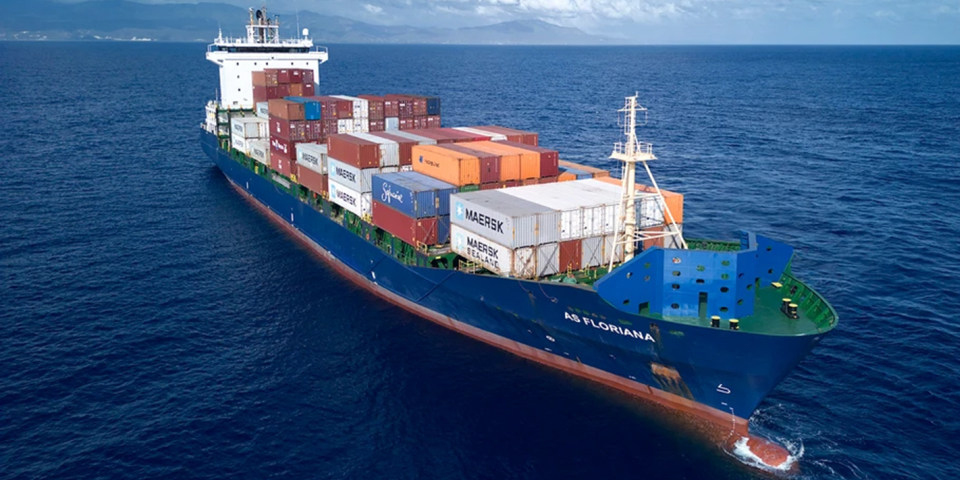Blog
The Illusion vs. Reality of Global Economy: The Crisis of Debt Expansion and Industrial Imbalance

From a macro perspective:
The global GDP in 2023 is projected to reach 105.43trillion.Withinthis,industrialGDPaccountsforapproximately22.5 trillion, or about 21.4%.
Agricultural GDP is even more staggering—only about $3.7 trillion, a mere 3.5% of the total. How can the industry that determines the survival of over 8 billion people worldwide be worth only 3.5% of global output?
Combined, the primary and secondary sectors account for only 24.9% of GDP, while the remaining 75.1% belongs to the tertiary sector. Virtual capital (for those unfamiliar with the concept, you can look it up) involves industries accounting for about 46.1%, meaning the real service sector’s GDP share is around 29%.
To put it starkly: even if the entire world’s primary and secondary sectors were entirely produced and managed by China (implying China holds the survival of all humanity in its hands), this portion would still be less than a quarter of global GDP—does that make sense?
Let me reiterate:
Of the $105.43 trillion GDP, 46.1% comes from virtual capital, 28.9% from commercial capital, 21.5% from industrial capital, and 3.5% from agricultural capital.
The world has long been shifting from the real to the virtual.
Looking at a more concrete example:
Xiaomi Group ranks only 397th in the Fortune Global 500, while Elevance Health sits at 40th—a U.S.-based financial (insurance) company providing healthcare services to over 40 million customers. That’s it.
Thus, the current international political and economic order is distorted and unsustainable, and it has gradually become a major obstacle to China’s development and reform.
It must change—there is no alternative.
Based on this, let’s consider another horror story:
Global social debt stands at approximately 313trillion,withabout102 trillion being public debt.
For a very rough and conservative estimate, let’s assume the average interest rate on public debt is 4%, and other debt averages 5%.
This gives a total global interest payment of:
102×0.04+(313 – 102)×0.05=14.63 trillion.
(For comparison, China’s 2023 GDP was $18.37 trillion.)
This amounts to about 13.88% of global GDP.
As mentioned earlier, virtual economy GDP is around 46.1%, while real economy GDP is about 53.9% (56.83trillion).Globalinterestpaymentsaccountforroughly25.7414.63 / $56.83).
And as we all know, the interest income of the virtual economy ultimately comes from the real economy.
In other words, every real economy worker (regardless of class) inherently pays at least 25.74% of their income in various forms to the financial bourgeoisie.
For another comparison, let’s look at data from 2007 (the eve of the 2008 financial crisis):
Global GDP in 2007 was 58.31trillion.Totalglobaldebtwas142 trillion.
Even at a 5% interest rate, global interest payments were $7.1 trillion, or 12.18% of global GDP.
From 2007 to 2023—a span of 16 years—global interest payments have increased by at least 100%, and their share of GDP has risen by at least 1.7%.
So the question arises:
Under what circumstances would global interest payments exceed the total output of the real economy?
And what would happen if global interest payments surpassed the real economy’s total?
Can the current world’s distribution mechanism last until then?
